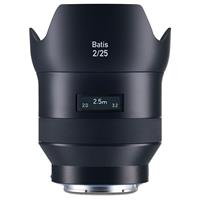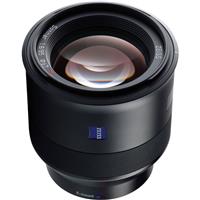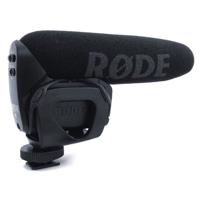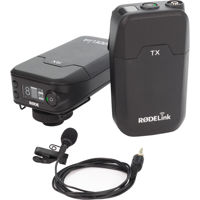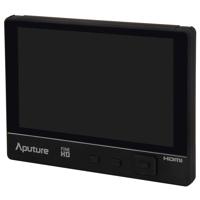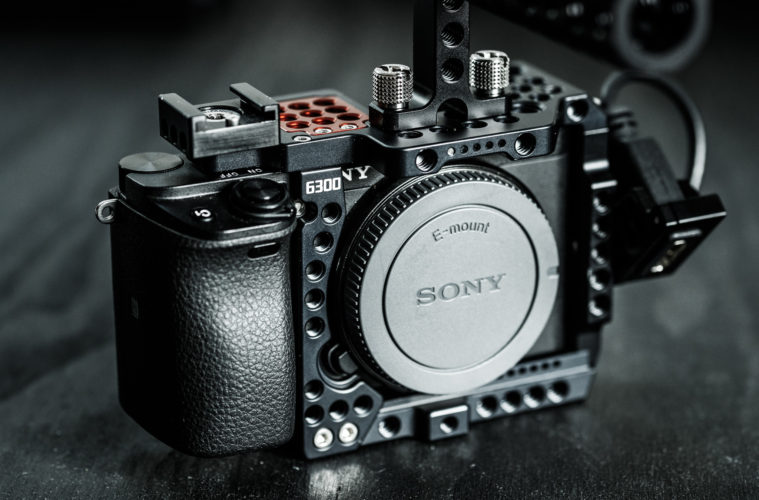The Brotographer has been shooting more video as of late. One of our goals for 2017 is to bring you more reviews and content over on our YouTube channel, in an effort to allow you to watch reviews as well. We realize that some people don’t take the time to read long reviews, so video is another great option. With the addition of more video content and reviews also comes the ability to test more gear and accessories related to video, in an effort to find gear that we believe can also up the quality of your video content. Obviously, we love gear, testing gear, using gear, and finding what gear can make your life easier as a creative.
As we shoot more video, we’re realizing that certain pieces of gear can really make shooting a lot easier. Ultimate sharpness of a lens isn’t as big of a deal, but gear like lighting and accessories or rigging can make all the difference on a shoot.
We love using our mirrorless Sony cameras for shooting video. In my opinion, this is one area where mirrorless cameras really shine. Their small form factor allow for a much lighter package than my 1DX Mark II when I don’t need 60fps in 4K. Booming a camera over talent is also much easier with a lighter camera.
With a lighter camera like a Sony A6300 comes the ability to rig it out as well. Microphones, cables, lights, a handle, or other items are sometimes needed when shooting. I take that back; they’re pretty much always needed. Because of the constant need to accessorize your camera, a cage makes all the difference.
If you aren’t aware of what a cage is, it is a metal cage that has lots of ¼-20 and 3/8 holes that allow you to attach accessories and other gear to the outside of the camera that previously would not be possible. We have had the pleasure of using the LockCircle 6300NY cage for the Sony A6300 for a while now.
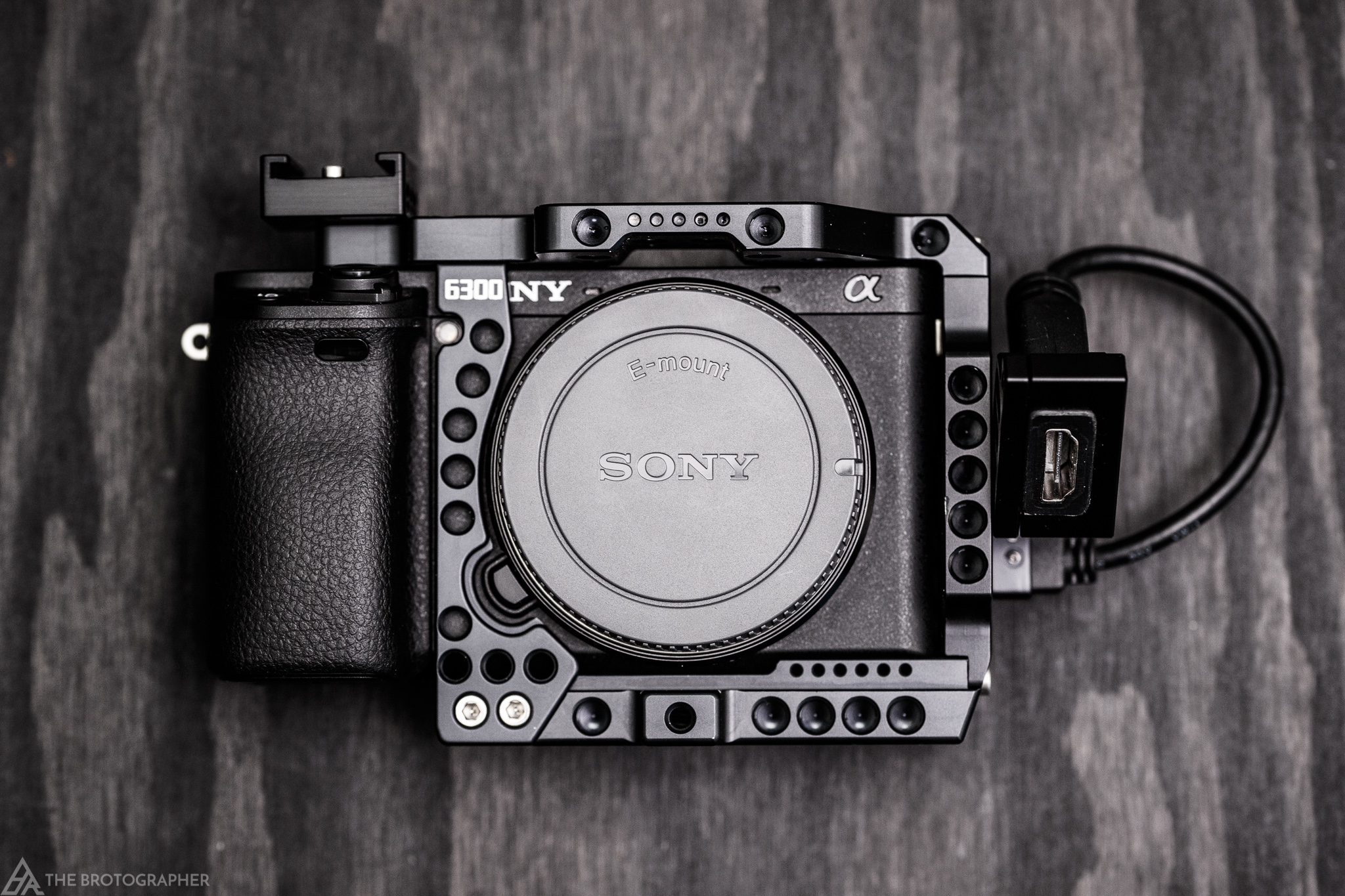
LockCircle is an Italian based company that makes cages and a variety of accessories for video shooters. If the 6300NY cage is an indicator of the overall quality of their other accessories, you should be happy with anything that they make.
Build and Features
The LockCircle 6300NY comes in a few pieces, but is really easy to assemble. The 6300NY is made from CNC machined aluminum, and feels extremely solid. The metal has a black, slightly shiny finish, and is nice and smooth in the hand. The Alan locking screws (wrenches included) are made of titanium, and feature a knurled grip, making the larger screws easy to lock decently well by hand. The main screws, which are used to build the cage, must be locked with the Alan wrenches.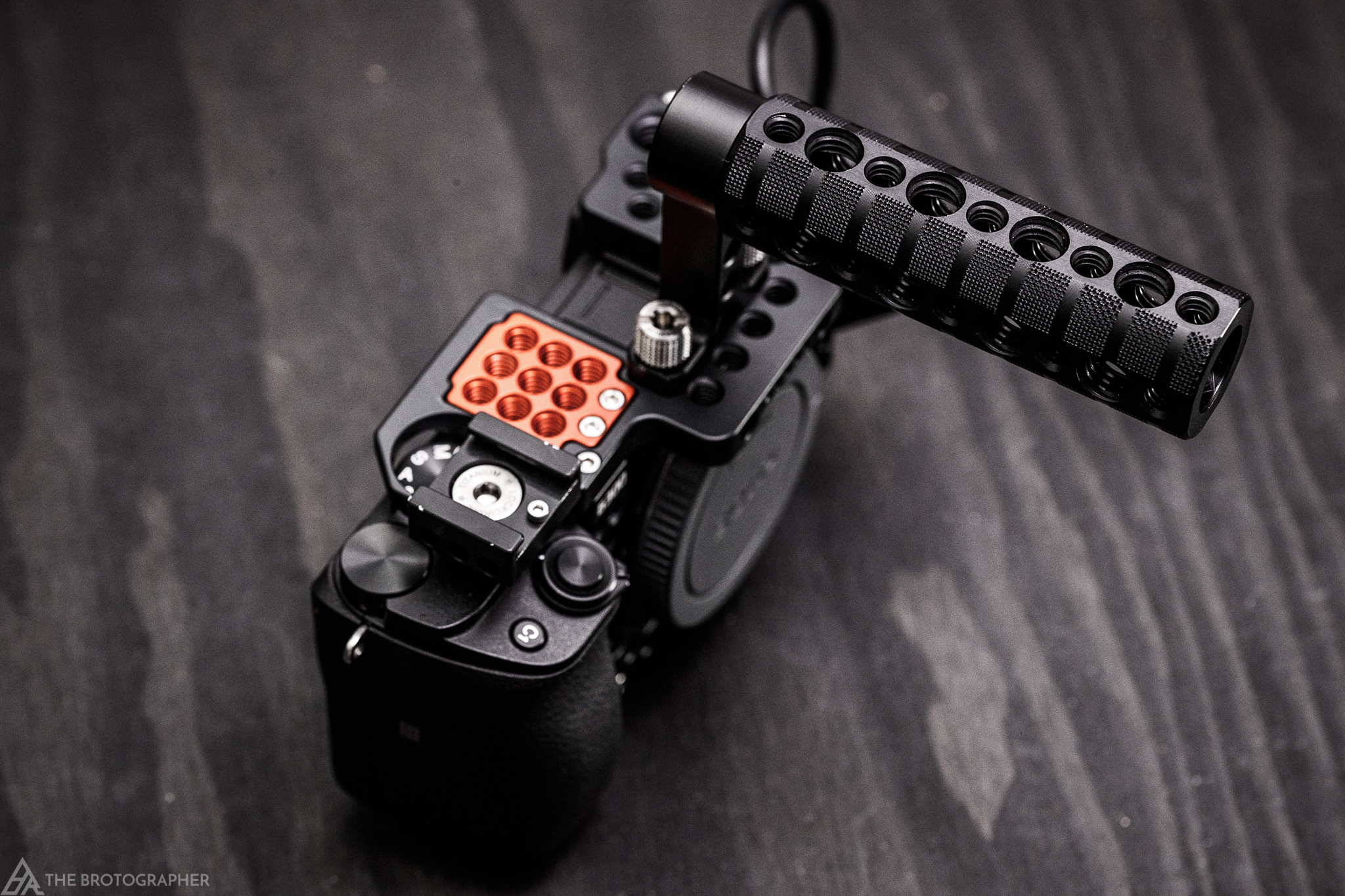
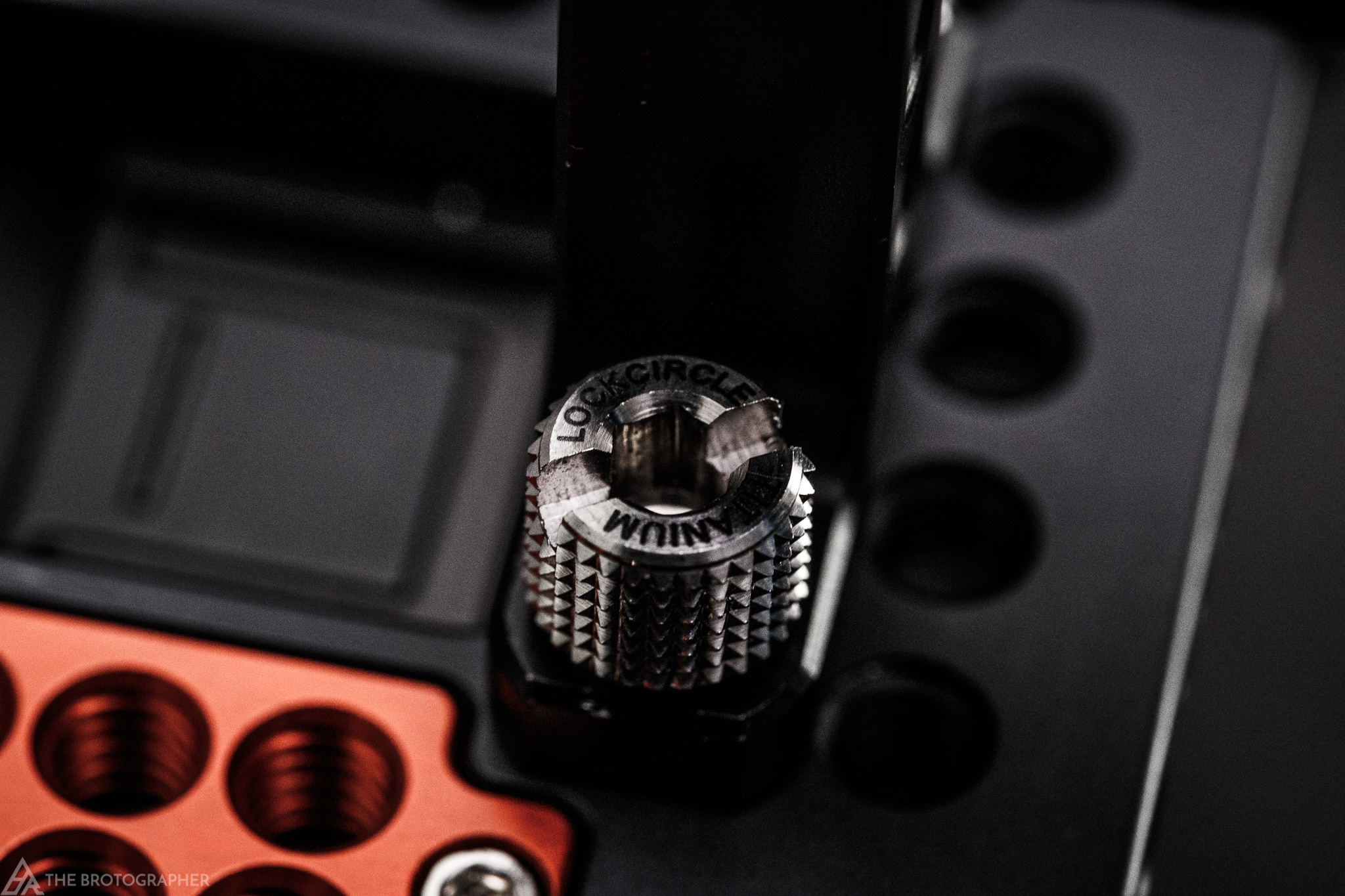
The build of the LockCircle 6300NY was very well thought out. The hot shoe isn’t covered, and will still allow an accessory like the XLR-K2M dual XSR input accessory. I don’t currently use it, but am thinking of picking that accessory up in the future for interview style videos, so that is good to know. The RODE VideoMic Pro will not fit in the hot shoe, but that’s not a big issue. The LockCircle 6300NY has a hot shoe adapter that easily mounts any hot shoe accessories.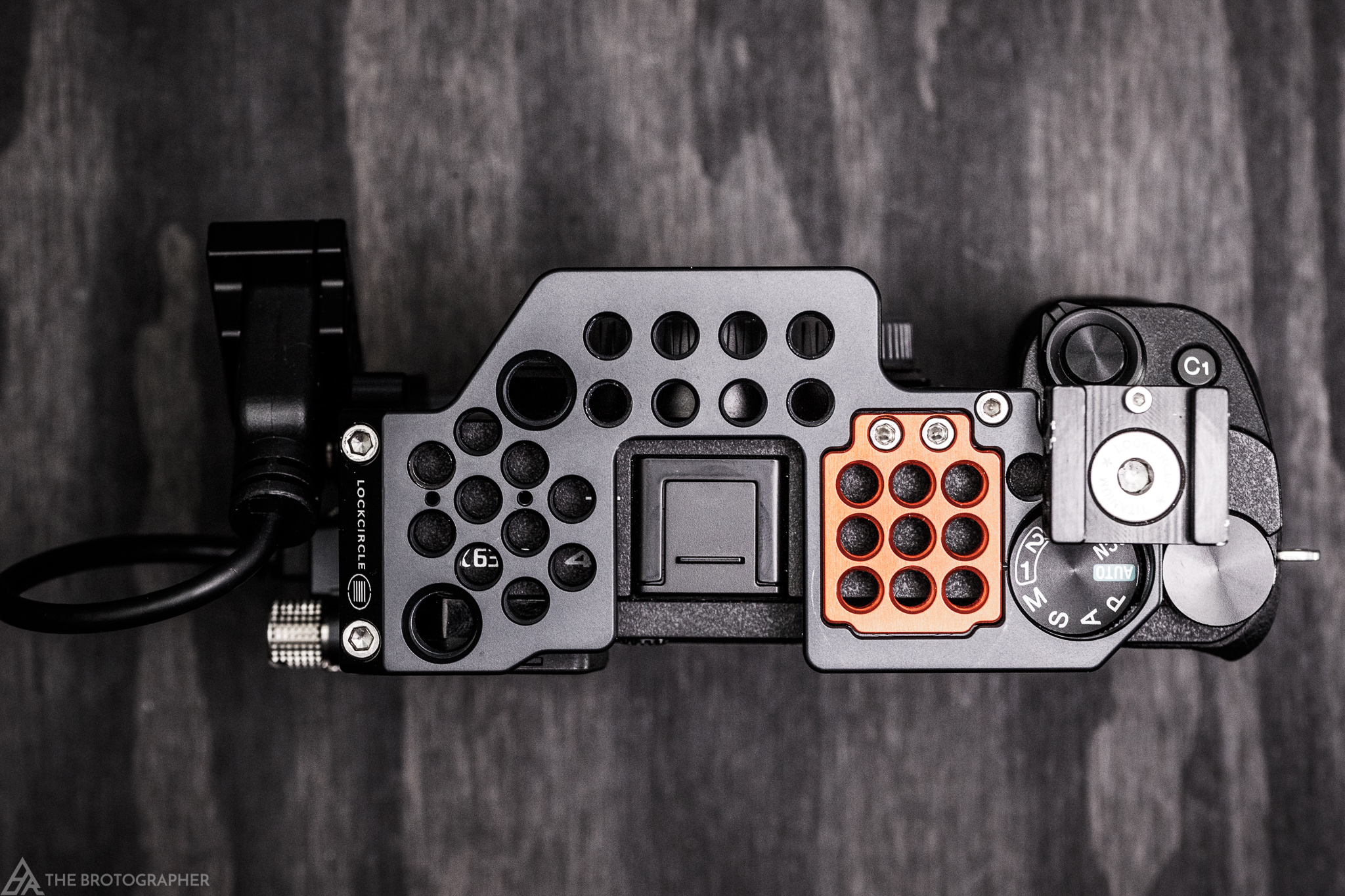
A few more accessories that I have had the pleasure of using with the LockCircle 6300NY cage system are the 63NY Micro Port, LockPort Flex, Top Grip Handle, and Nine Brick. The Top Handle not only ads a handle to the kit, but provides additional ¼-20 threads for other accessories. The Nine Brick covers the pop-up flash of the A6300. I will never use the flash, so adding additional mounting points in that position is a no brainer. The 63NY Micro Port and LockPort Flex work in conjunction with each other, and are essential add-ons to pick up with the LockCircle 6300NY. The Micro Port takes any cable that goes into the HDMI/USB ports in the A6300, and locks them into place, preventing any accidental bumps or pulls from ripping the cords out of the camera. Everyone hates the micro HDMI ports in these cameras, and knows how finicky they are, so locking those cables into place is key when shooting something important. The LockPort Flex works in conjunction with the Micro Port, turning the micro HDMI into a full sized HDMI. This allows you to use your regular full sized HDMI cables, which you probably have laying around the house or office anyways. It’s a great adapter when using an external recorder or monitor, which is what I use it for.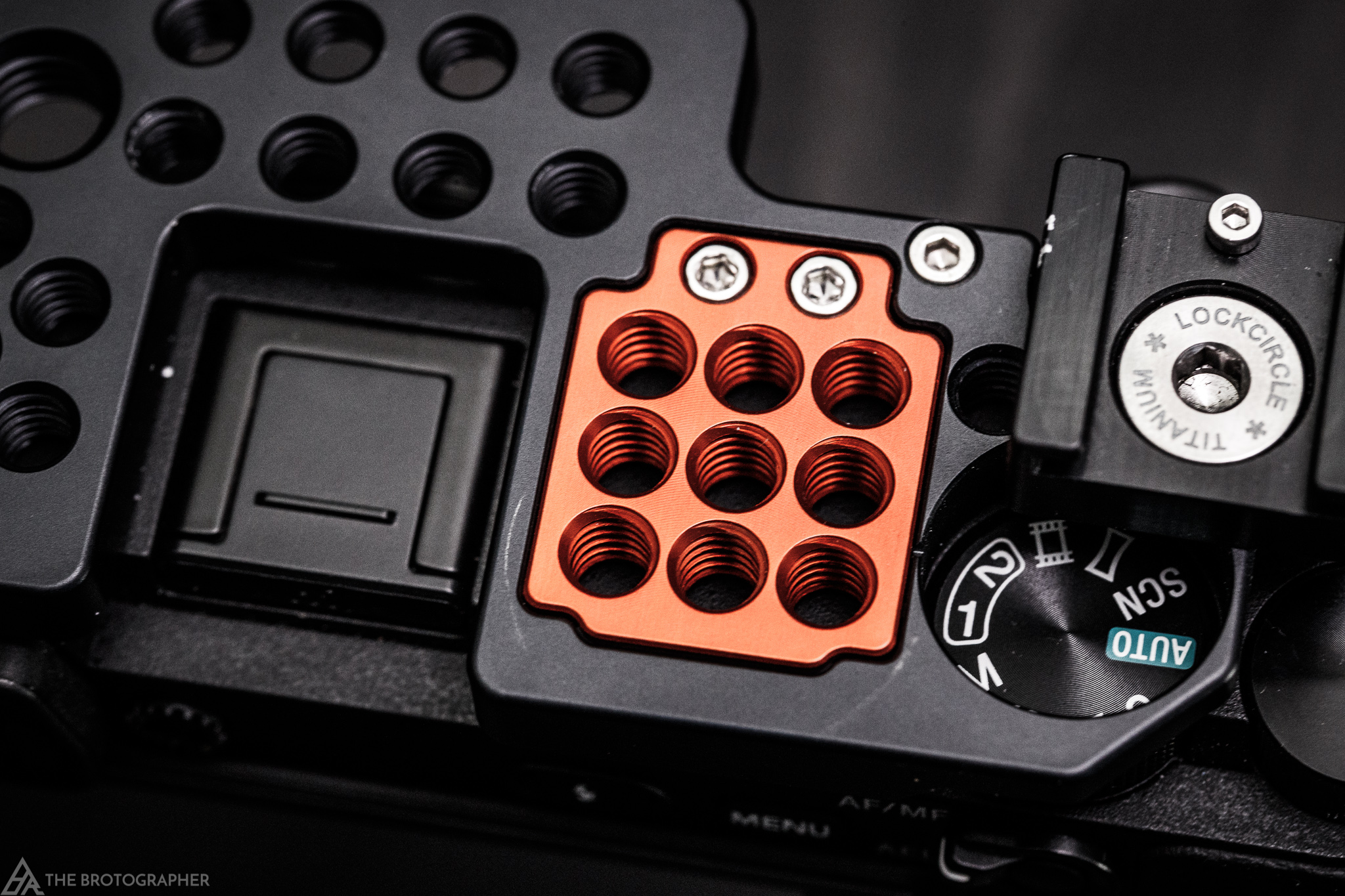
All of the add-on accessories are build like a tank, in the same fashion as the LockCircle 6300NY cage itself. I haven’t had a single issue of screws coming loose, or the build failing in any way on the cage.
One feature that I’d really like to mention is the heat dispersion properties of the LockCircle 6300NY cage. This isn’t singular to this cage in particular, but it is worth noting. The A6300 does have an issue with overheating in hot situations or when shooting 4K for extended periods of time. Adding a cage like the LockCircle 6300NY to the camera takes some of the heat of the camera and disperses it to the cage, thus allowing you to get a little extra time shooting before it overheats. It won’t extend it out indefinitely, but may allow you to get those crucial extra few minutes of footage before having to shut it down for a few minutes to cool down.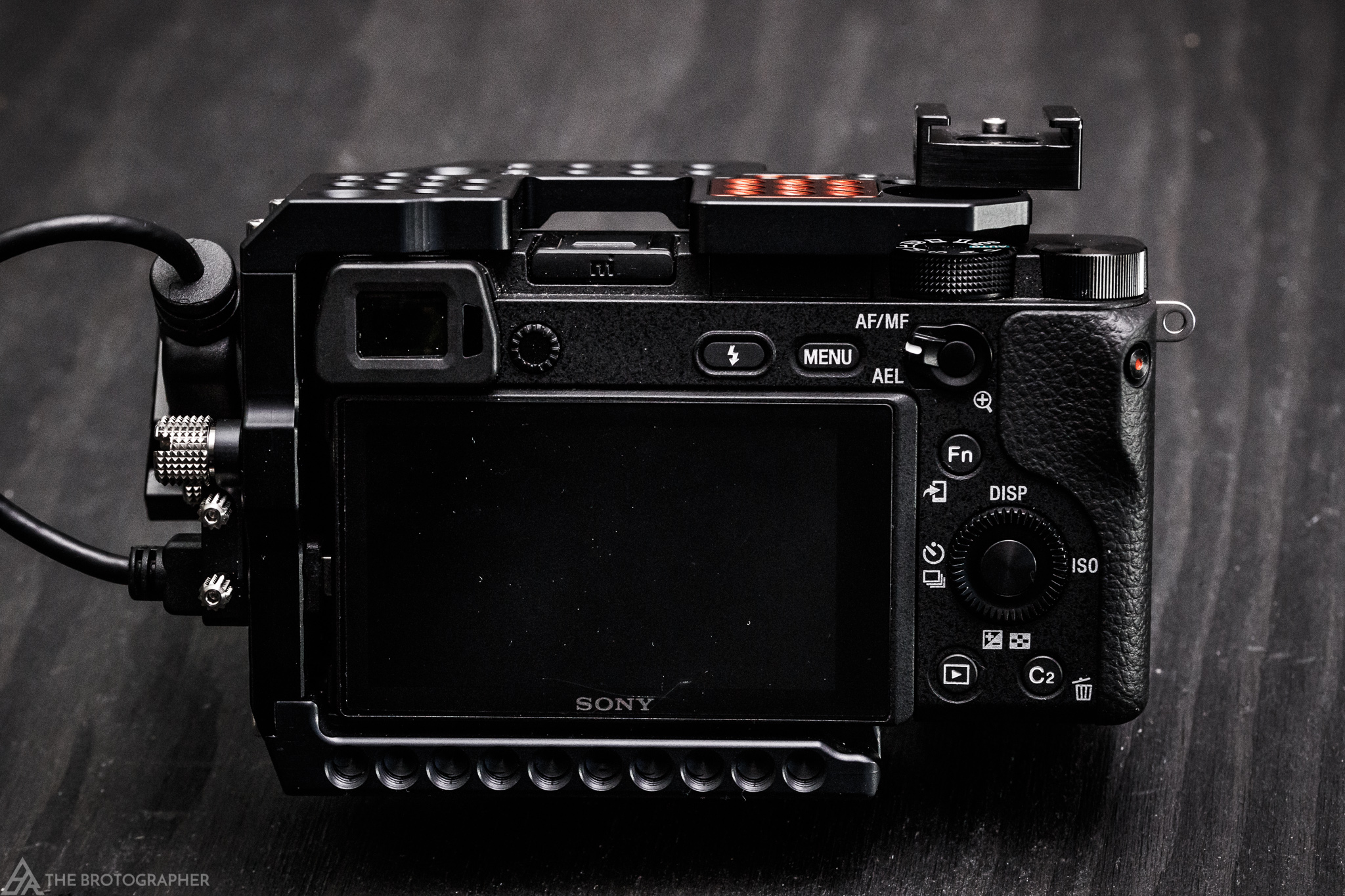
Functionality and Use of the LockCircle 6300NY
Having the theoretical ability to make your life easier when shooting is one thing, but how does the LockCircle 6300NY really hold up in real life. Does it actually allow you to do more with less effort? How does it hold up in the real world?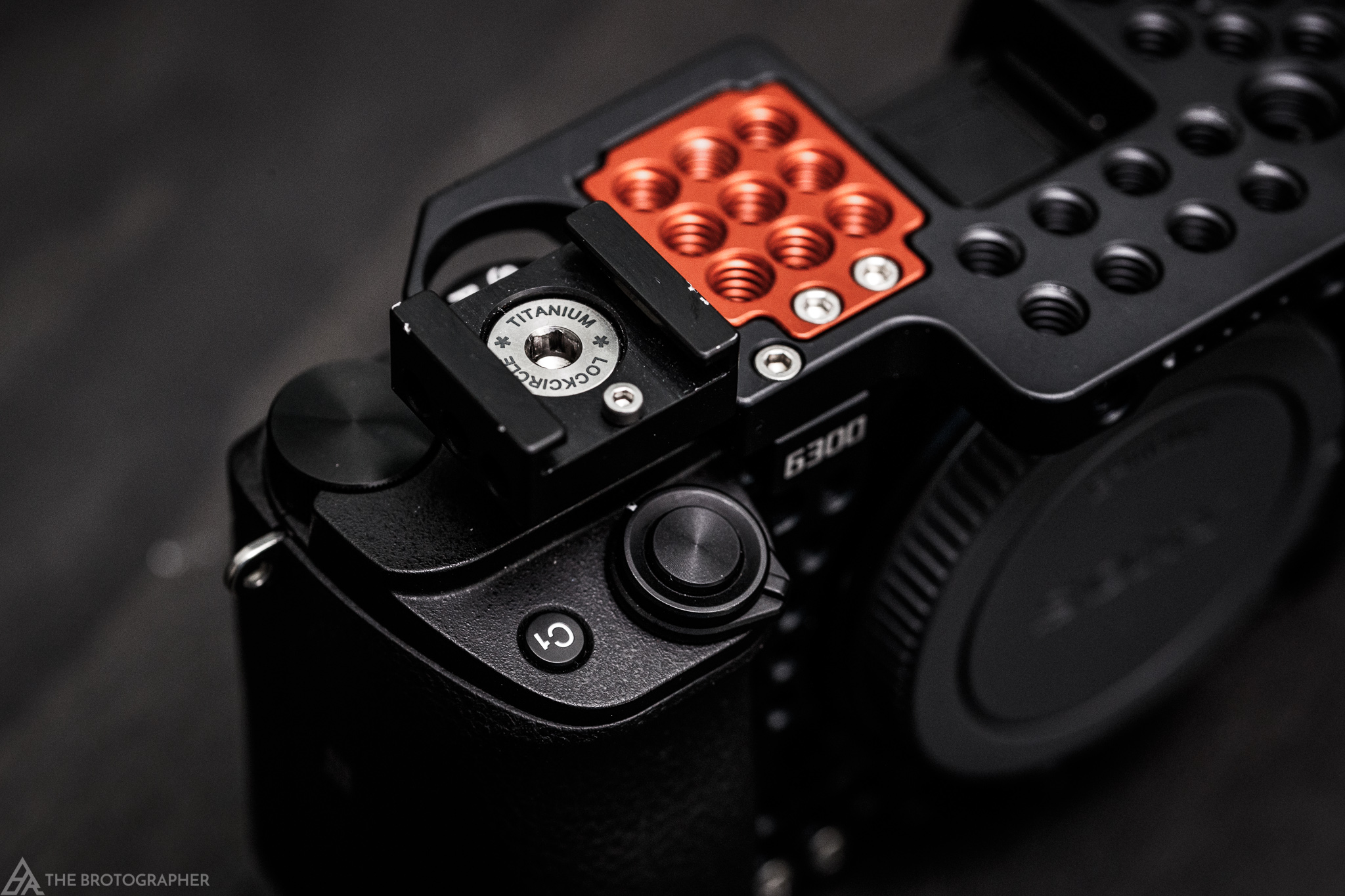
The first few times I used the LockCircle 6300NY, I was disappointed that I couldn’t insert the camera unless I disassembled the top plate. However, I soon realized that if I took the body cap off of the A6300, this could be done. One slightly annoying issue however, is that the triangular metal strap attachment must be removed in order to get the camera into the cage. I wish the opening was slightly larger accommodate this, but it is not.
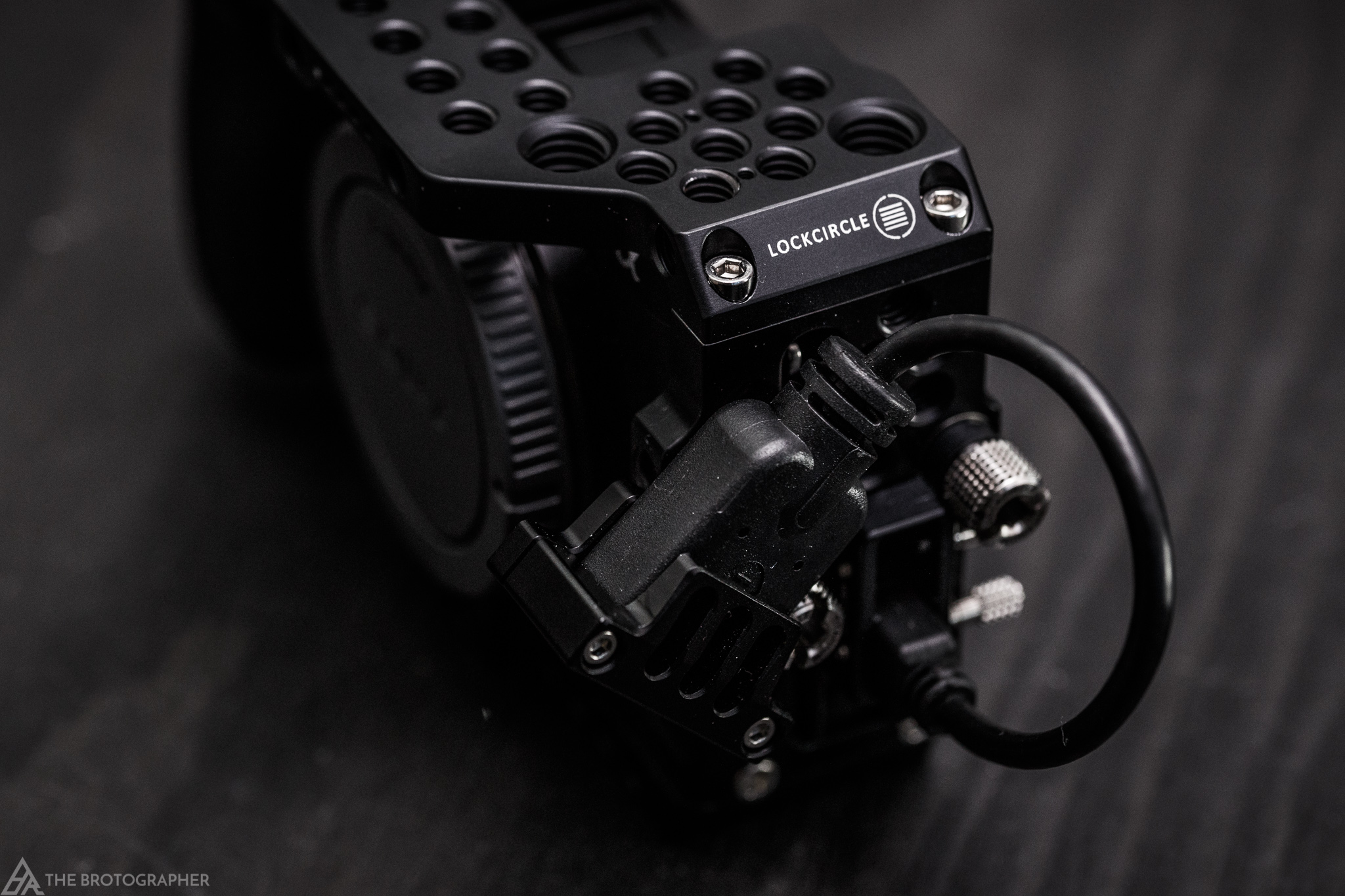
As I just mentioned, you will be able to insert the camera without disassembling the top plate. However, if an adapter is used that has a tripod mount, the top plate will need to be taken off in order to get the camera in place. Because of the tripod mount on the adapter, you are unable to twist the adapter on the camera while the camera is already in its place in the cage. This will add about 30 seconds to your setup, so it is not a big deal. It is worth mentioning though. The Sigma MC-11 does not have a tripod mount, and may be able to be attached in place, but I have not tested it with the A6300.
The grip is maintained on the right side of the camera, so holding it there is not really changed. The cage does not extend to the right battery port section of the camera as well. This ensures easy access to the battery and memory card port.
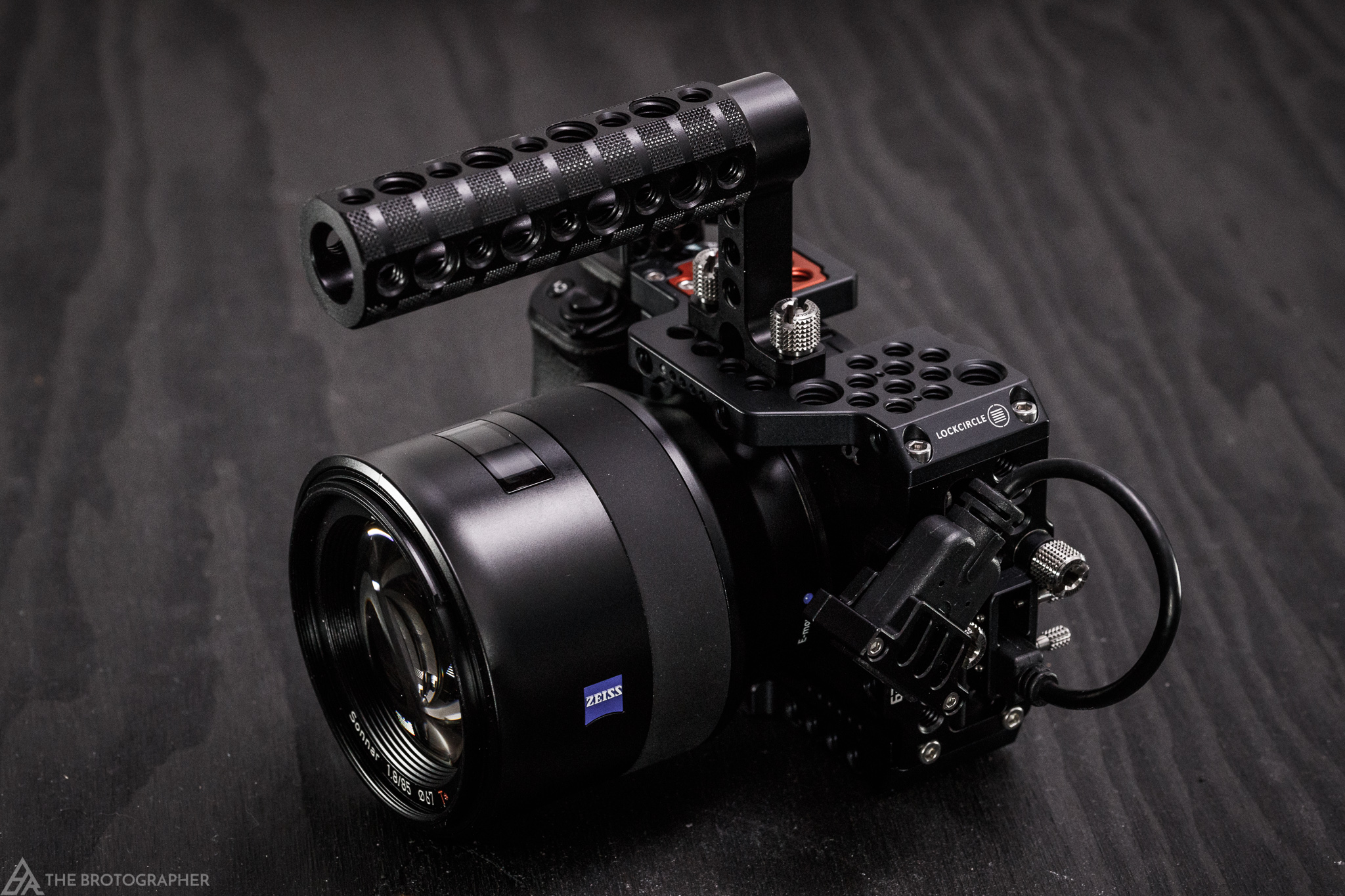
The addition of the Grip Hand can really make a difference when more items are attached to the cage and weight distribution gets a little weird. For this reason, I think that it is an essentially add-on to the LockCircle 6300NY cage. Speaking of grip, the 3/8 inch threads on the bottom of the plate are very well made, and also come with a ¼-20 adapter for tripod plates. These threads haven’t given me any problems, and I routinely tighten them way tighter than I should.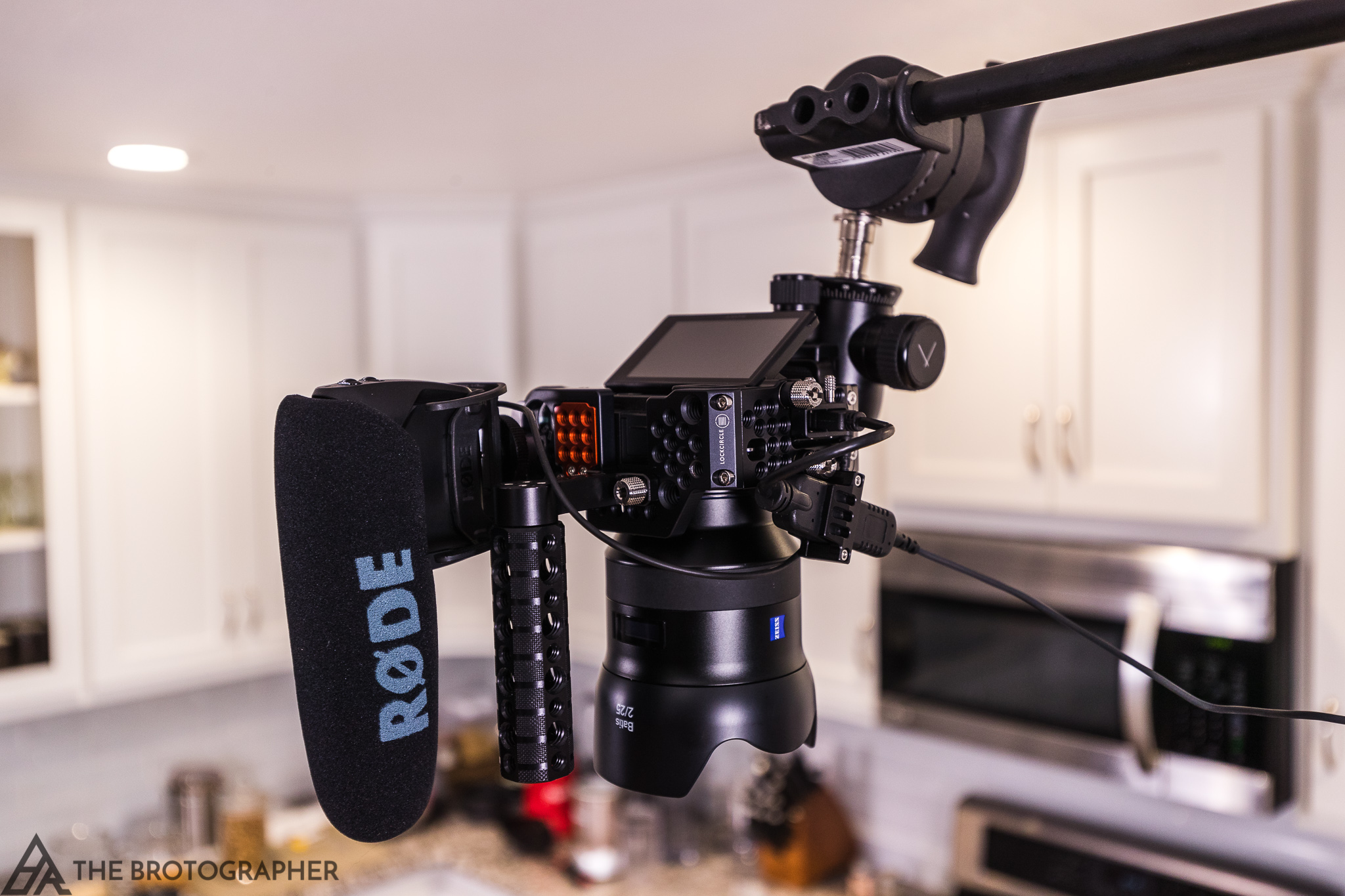
I recently discovered a weird quirk that Sony has with the 6300. When shooting in 4K, the screen darkens significantly when the record button is pressed, making viewing your image impossible when shooting outside, and almost impossible while indoors as well. Because of this quirk (I believe it is Sony’s effort to conserve battery life) an external monitor is needed in some situations. I pretty much always prefer to use the Aputure FineHD VS-2 monitor when I can, especially indoors. However, because the camera is so small, and the cage is relatively small as well, to would be impossible to also add the monitor in addition to the grip handle, RODE VideoMic Pro, and a light or other accessory. Luckily LockCircle added ¼-20 threads everywhere they could, even the front of the cage. Because of this, it allows me to attach the monitor on a mini magic arm, adding audio and video monitoring giving even more professional tools to this tiny powerhouse of a camera.
Value of the LockCircle 6300NY Cage
The value of a cage like this is hard to quantify. Yes, it’s $389 for the 6300NY bundle, which includes the cage and the top handle. That is a chunk of change. Add on a few more items and it is over a $400 purchase. However, commercial grade CNC machines can run into the hundreds of thousands of dollars. Add that to the additional level of functionality that can be achieved with a cage like the LockCircle 6300NY, and I think that the price is justified. $400 sits right about the middle of the market, with some cages costing less, and some more. The additional functionality is the real key in my opinion, and is well worth it.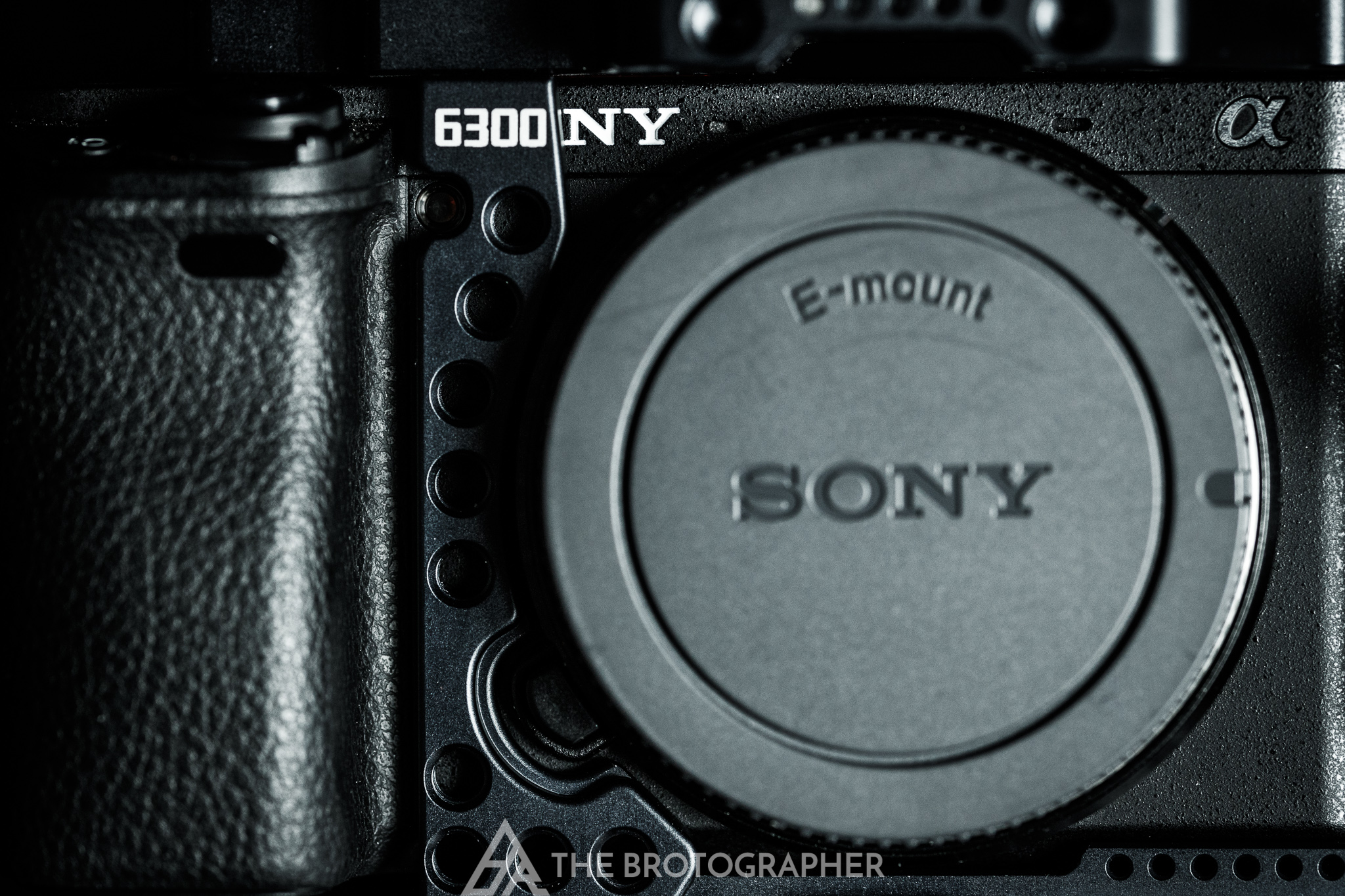
Conclusion
The LockCircle 6300NY cage really brings out the full potential of the A6300, which is why you buy a cage like this. For me, shooting video is really made easier by a few small things, like external monitors, audio, and lighting. The LockCircle 6300NY cage really helps implement those extra features, and also helps with the heat in these cameras. I had no clue if I would actually get use out of this piece of equipment. After using it for some time, I can confidently say that I won’t be shooting video on the Sony A6300 with out it.
There are other add-ons that I didn’t mention in this review, so feel free to check them out on the LockCircle website HERE. If you’re a new owner of the A6500 or another camera, LockCircle also has cages for you.
If you’d like to purchase the LockCircle 6300NY cage, please use the link at the top of the review. In addition, if you are interested in any accessories that we used with the LockCircle 6300NY cage, please click on our links to do so. You also through us a few pennies off every dollar when you use our links, and it helps us keep putting out great content that keeps your informed about new gear. We thank you in advance.
Gear Used With The LockCircle 6300NY
Buy From Amazon
Buy From Adorama
